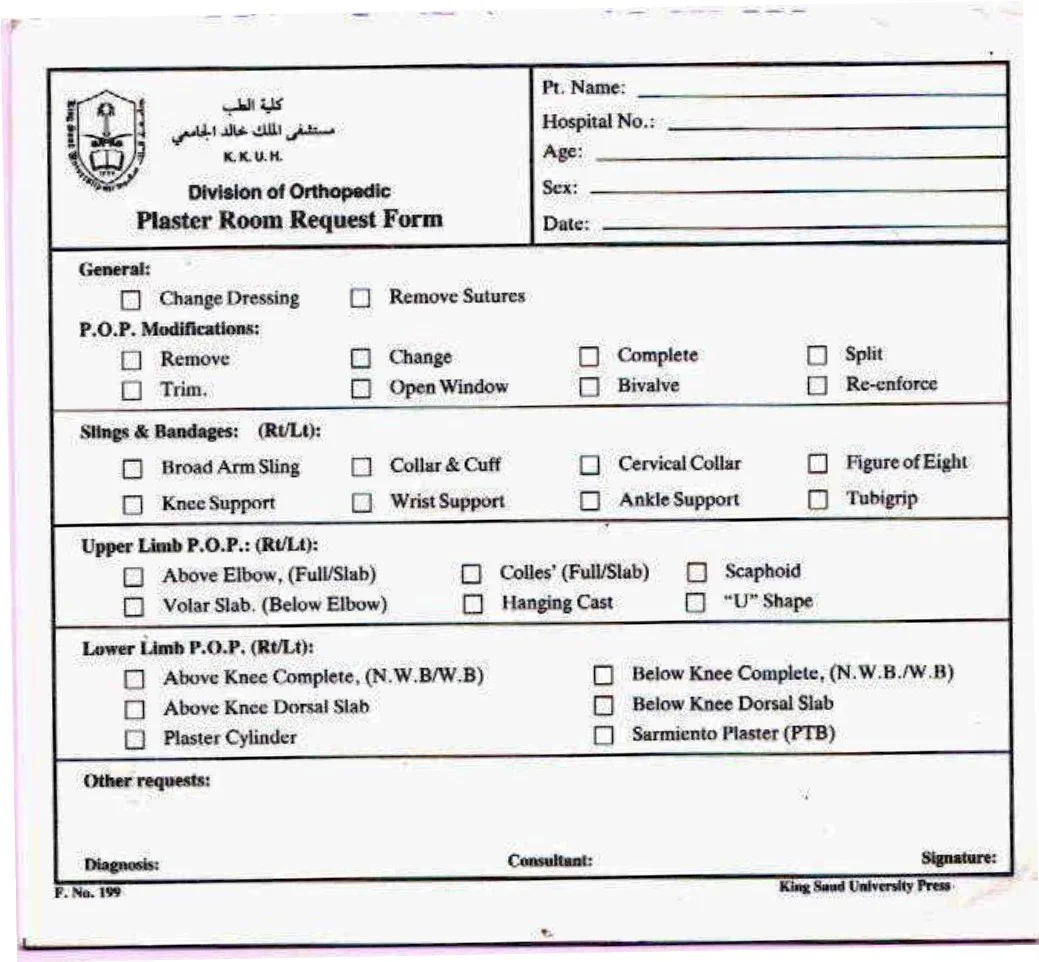Materials
-
Plaster of Paris (Gypsum)
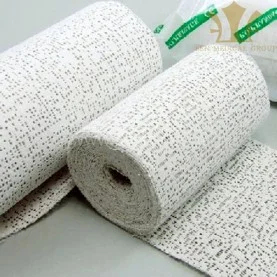
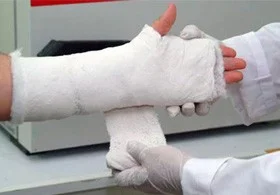
-
Synthetic Fiberglass
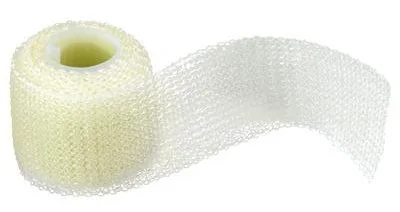
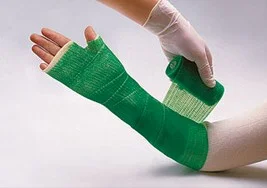
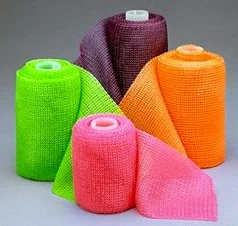
Plaster of Paris
- POP was first used in orthopedics by a Dutch surgeon in 1852
- Commercially available since 1931

Advantages / Disadvantages
Plaster of Paris Synthetic - Fiberglass
-
Disadvantages: * Advantages:
- Weak * Strong
- Long setting time - 24 hours * Quickly sets
- Heavy weight * Light weight
- Breaks in water * Water resistant
- Radio-opaque * Radiolucent
-
Advantages * Disadvantages
- Blunt edges * Sharp edge
- Moldable - for correction * Not moldable
- Cheap * Costly
Cast Forms
- Slab
- Applied on one side only
- Safer if limb is swollen
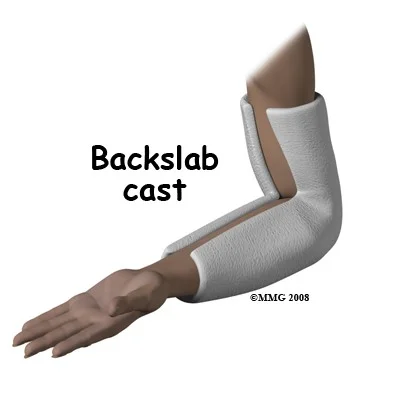
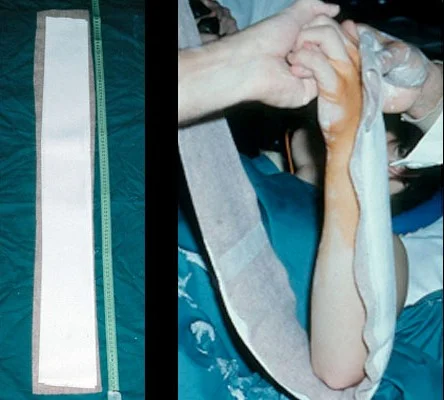
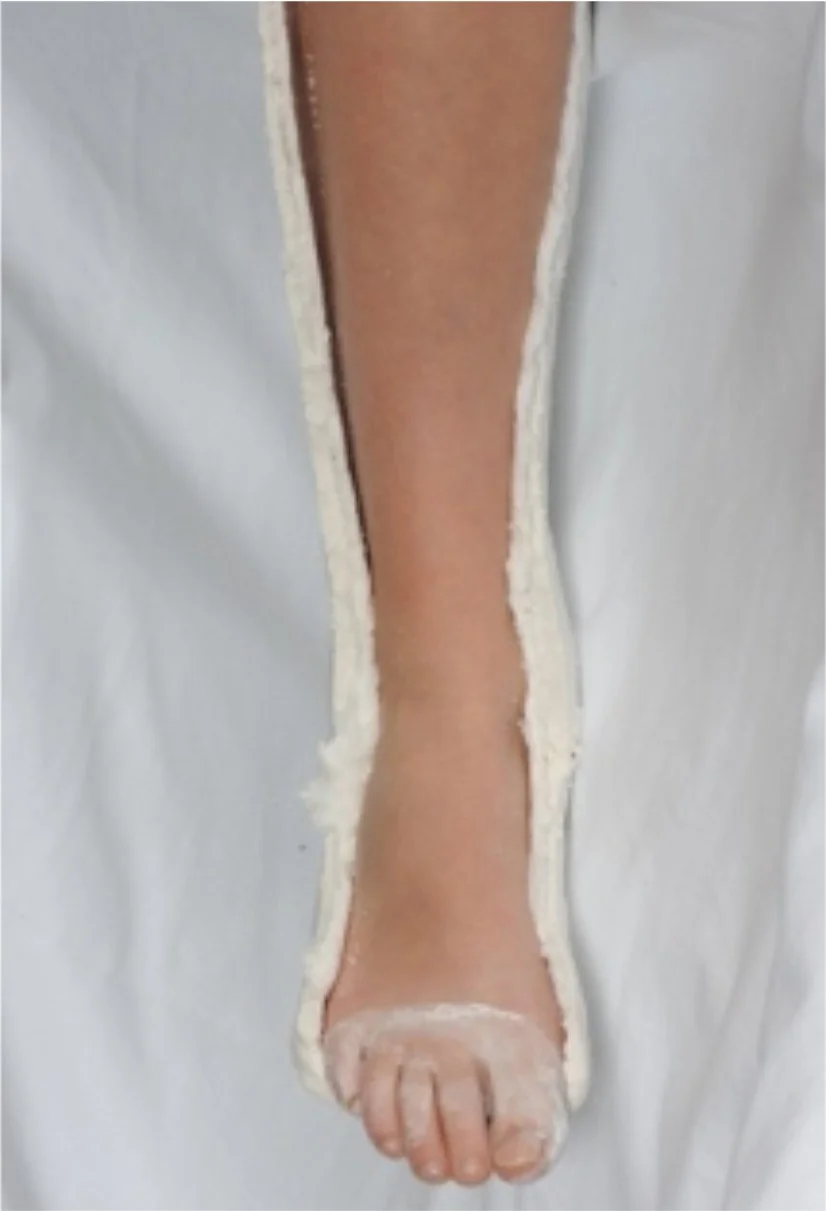
-
Complete
- Applied all around the limb
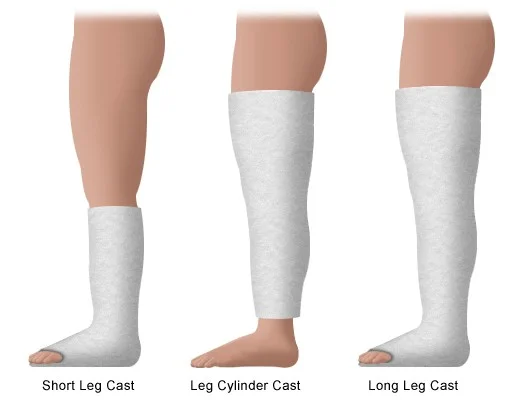
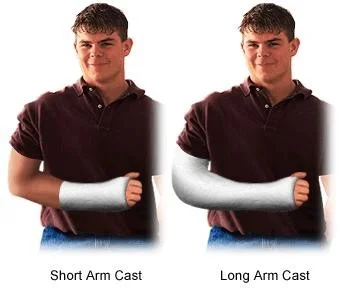

- Applied all around the limb
-
Spica
- Covering limb and trunk
- Encircles body part
- Hip spica
- Shoulder spica
- Thumb spica
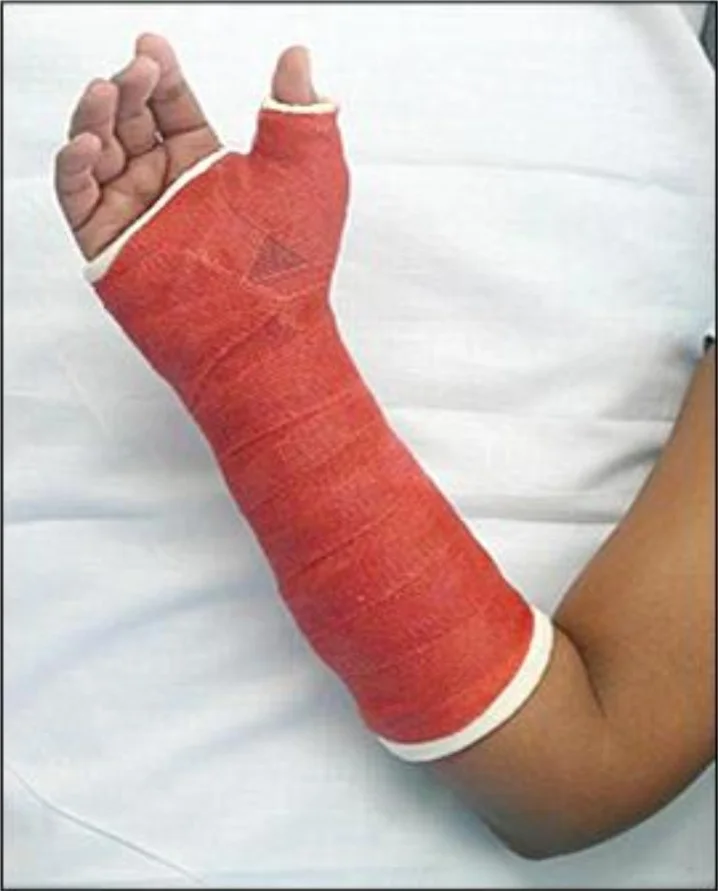
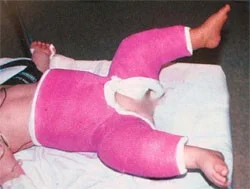

Complications of Casting
- Immobilization
- Muscle wasting
- Joint stiffness
- Osteoporosis
- Pathological fracture
- Pressure on Nerves
- Thermal burn with Synthetic cast
- Must use cold water with synthetic cast
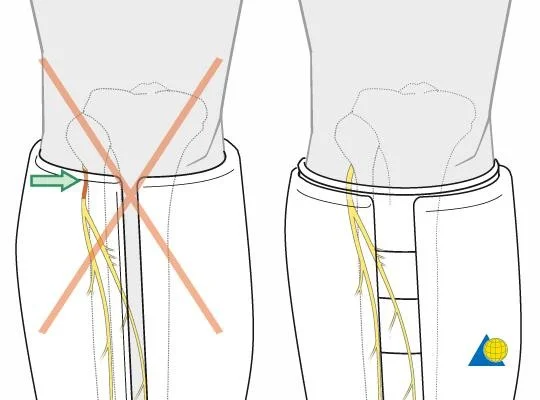
Complications of Casting
- Tight Cast – Vascular Problem
- Causes Volkmann’s ischemia
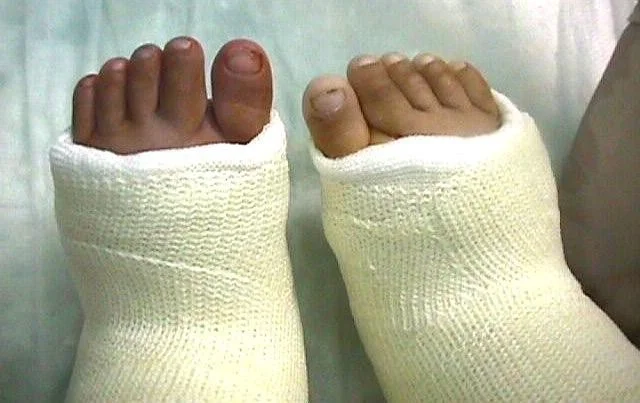
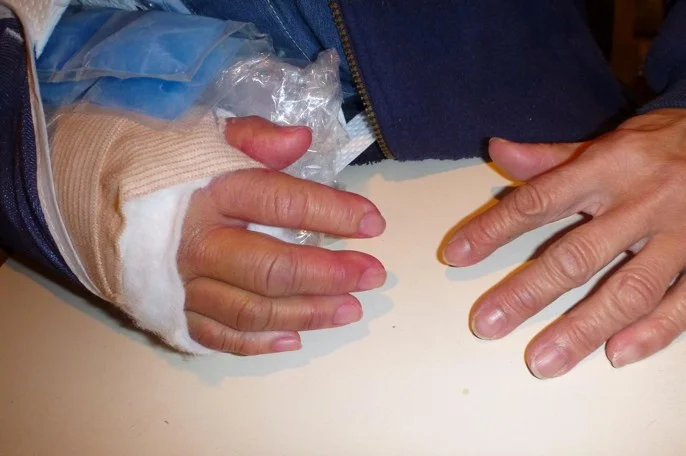
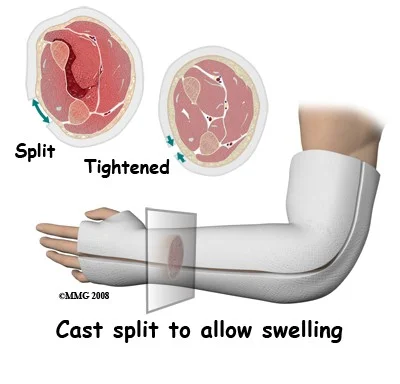

- Skin Atrophy and Scaling
- Dermatitis Skin Ulceration
- Skin Blisters
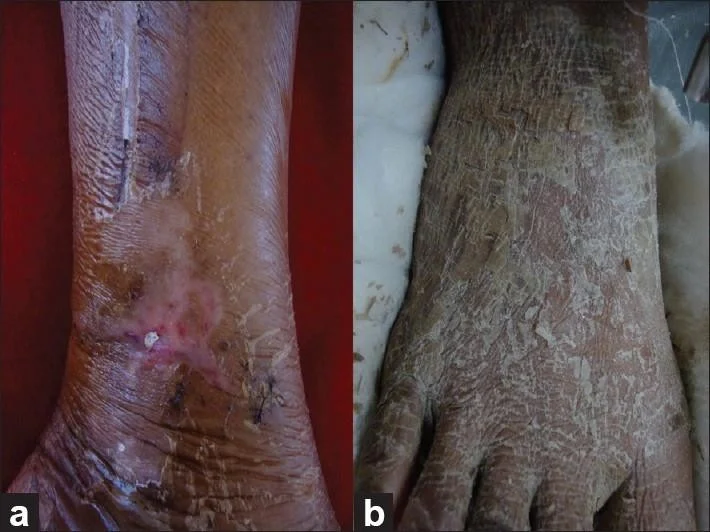
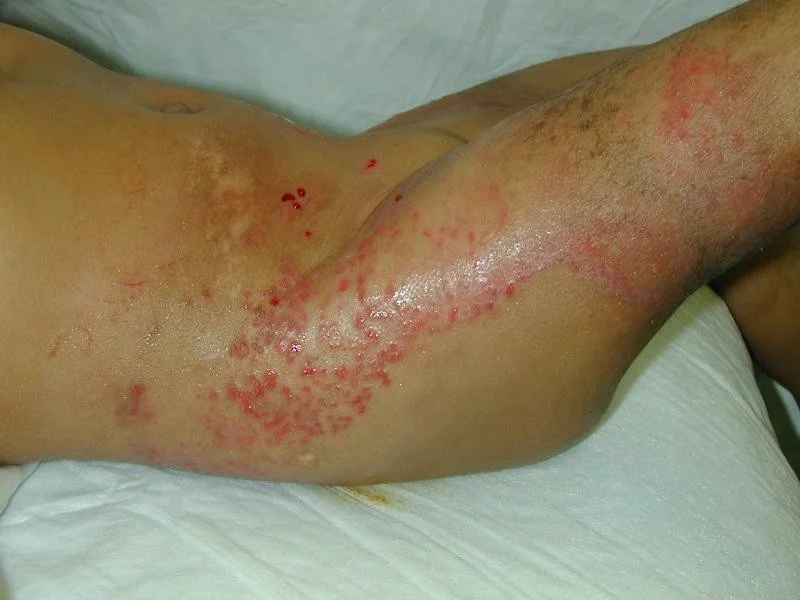
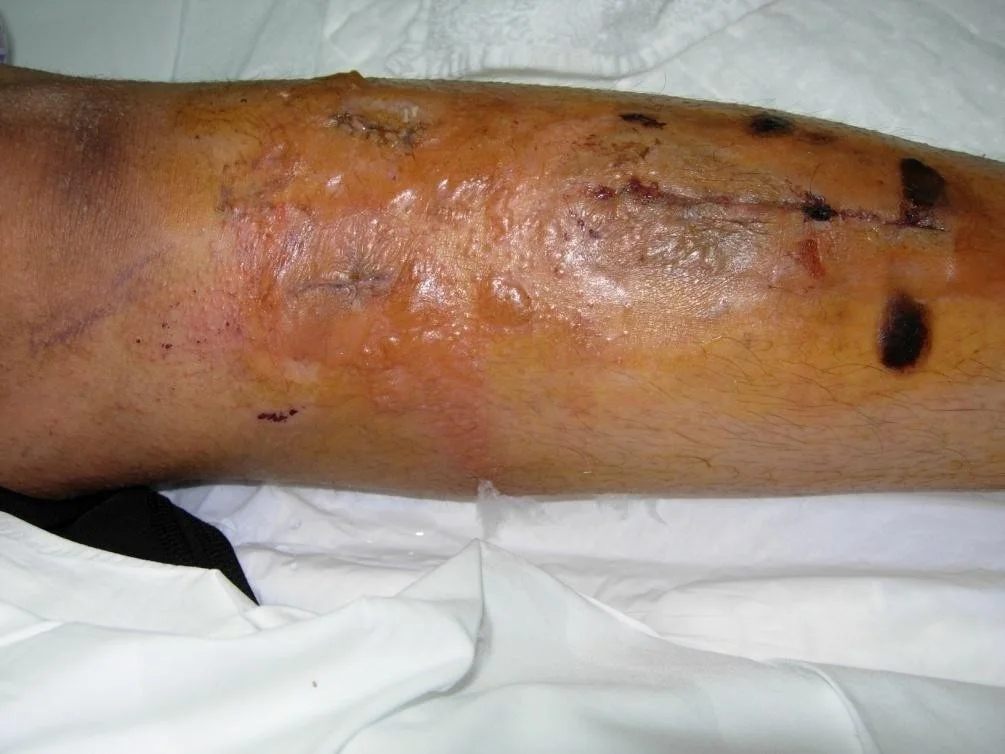
-
Pressure from Cast Edge
-
Pressure Sores
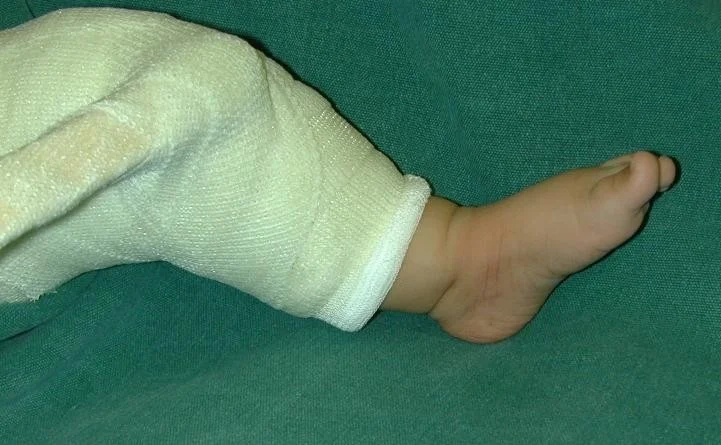
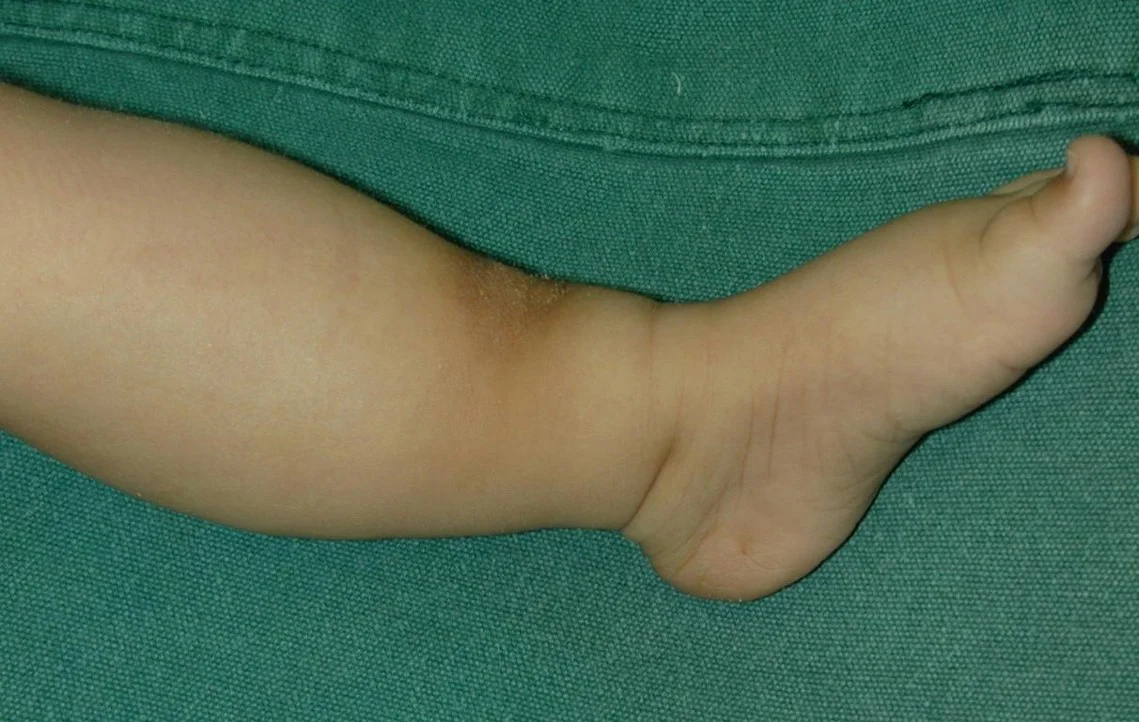

-
Hypertrichosis - Increased hair
- Temporary localized
- Resolves (80% after 6m)
-
Dirty cast

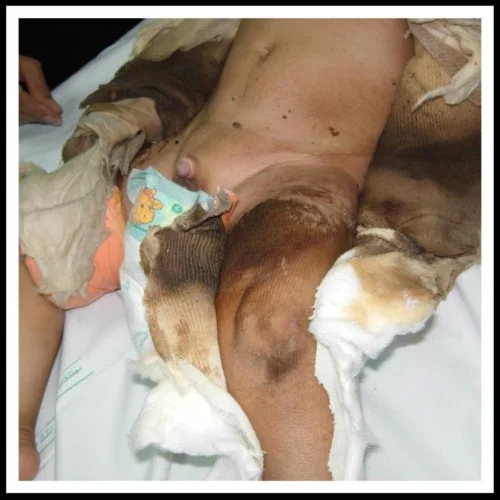
- Items under the cast !
- May cause pressure sores

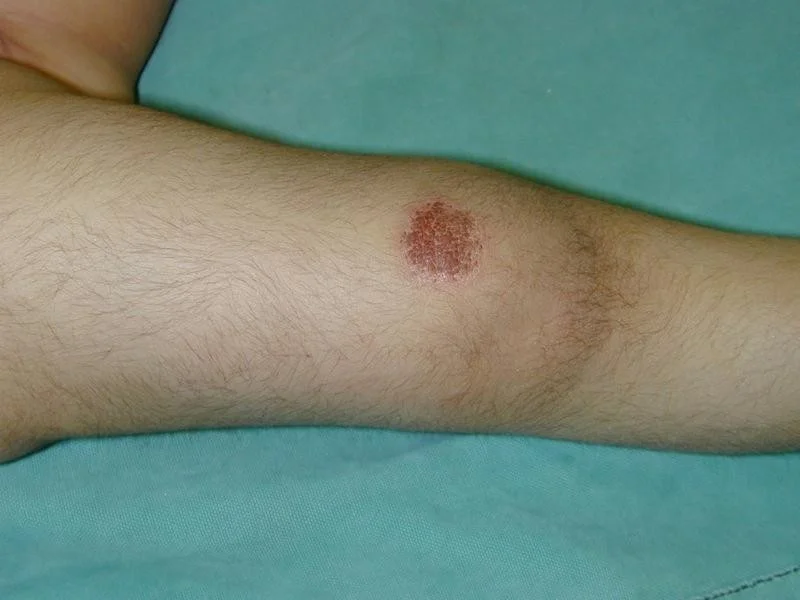
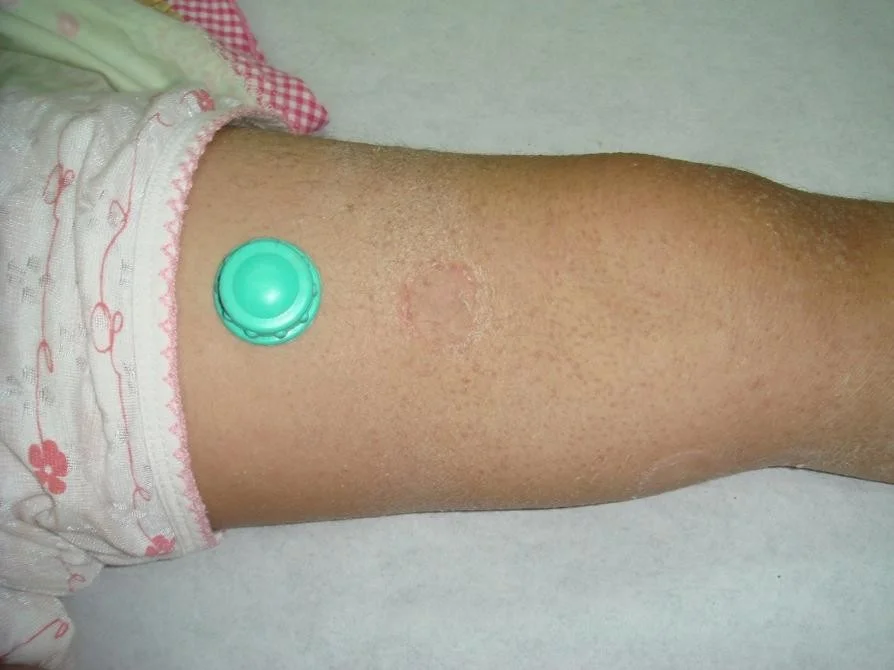
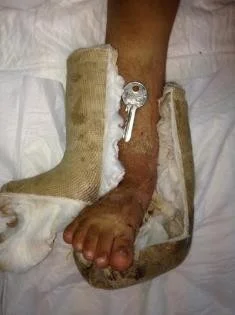
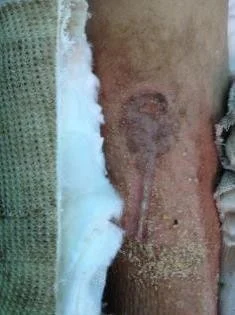

Cast Saw Burns
- Too quick - old blunt blade - inexperienced technician

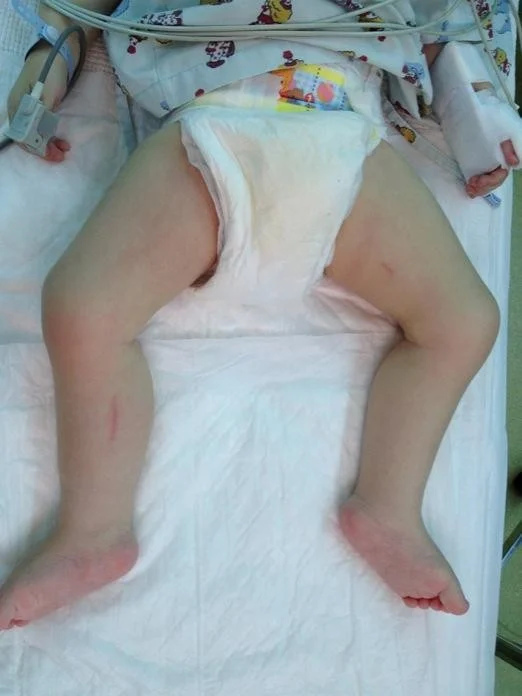
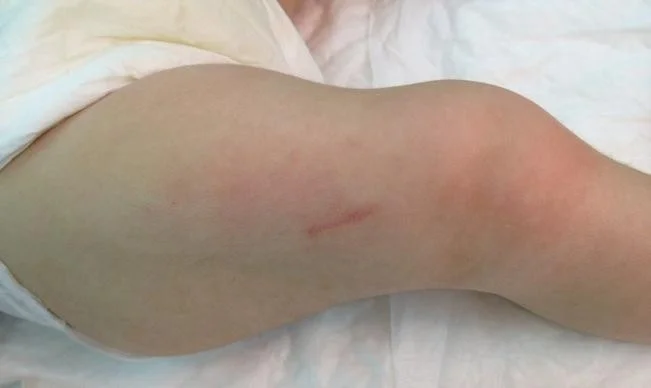
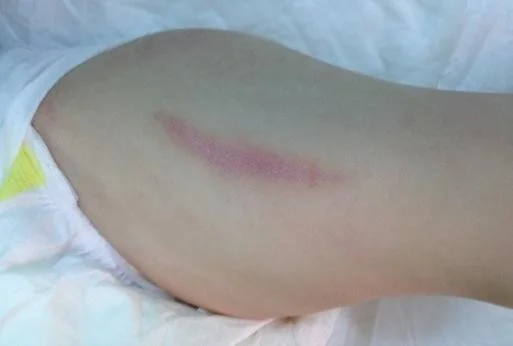
Cast Request Form
